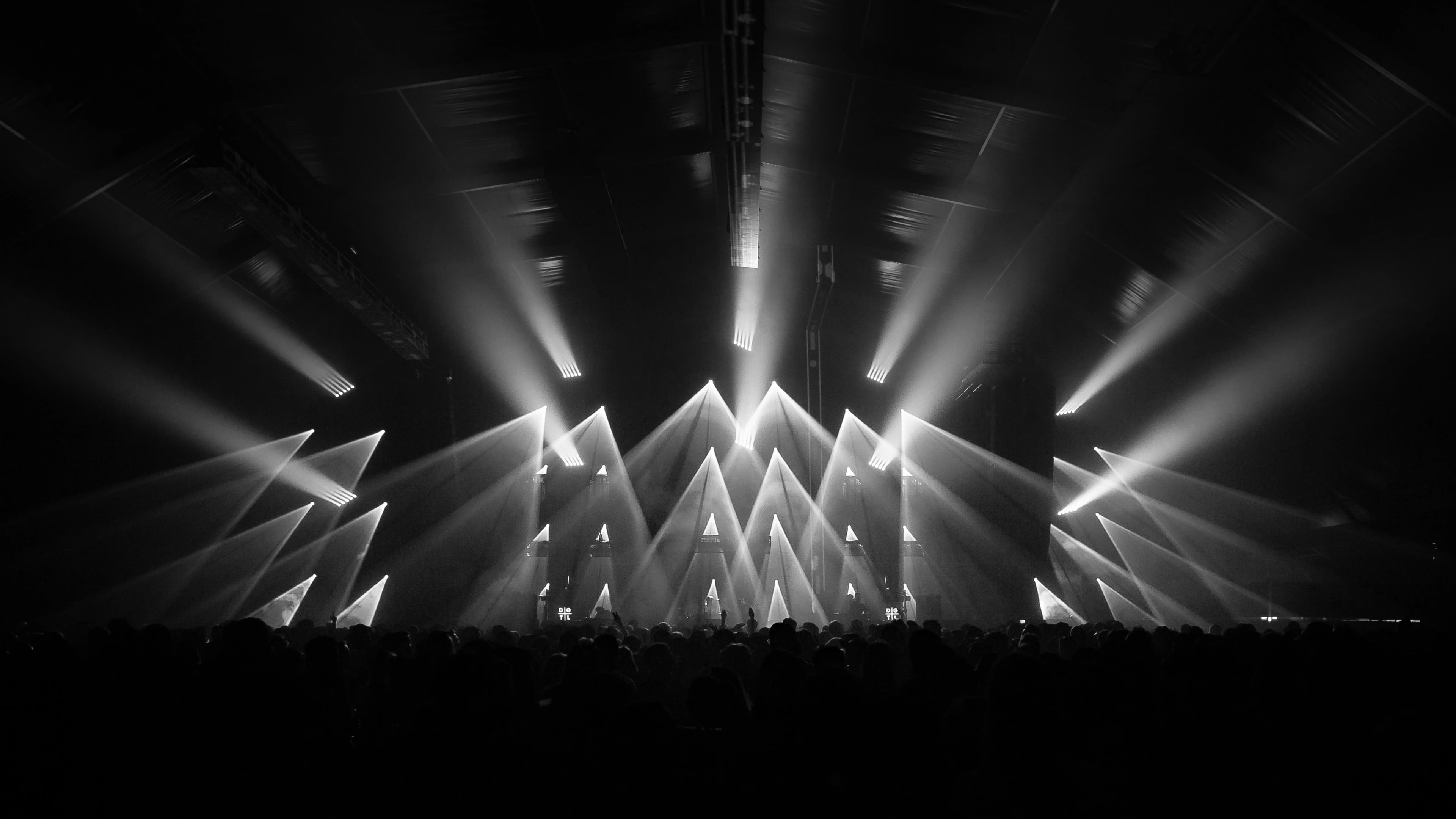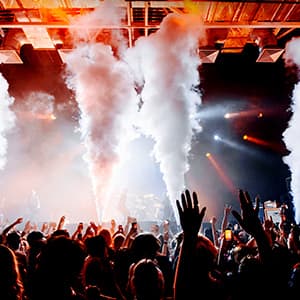

Colored Lights Tickets
Up to 30% Off Compared to Competitors.
Location: Select Location (e.g, New York)
Events Nearby
We're Sorry. There are currently no events near you.
About Colored Lights
Currently, colored lights are at the forefront of concert production, with innovations continually pushing the boundaries of light design. Notable tours by artists such as Taylor Swift and Billie Eilish showcase extensive uses of colored lighting to complement their musical themes, engaging fans in multi-sensory experiences. Festivals such as Coachella and Lollapalooza frequently feature cutting-edge light displays that synchronize with performances, drawing in larger crowds and setting trends for future events. Additionally, live-streamed concerts have highlighted the importance of color in reaching virtual audiences, with producers carefully crafting light shows that translate well onscreen. Recent advancements in software, combined with real-time control of lighting setups, allow for increasingly intricate programming of colored lights, enabling even smaller artists to create remarkable experiences that rival those of major acts. With the rise of technology and creative collaborations between musicians and lighting designers, the role of colored lights in concerts continues to evolve, promising even more spectacular shows in the future.
Colored Lights History
Colored lights have been pivotal in shaping the concert-going experience since the mid-20th century. The evolution began with the use of basic colored gels placed over stage lights, which transformed simple white light into an array of vibrant colors. During the 1960s and 1970s, as rock bands like The Rolling Stones and The Who began incorporating more elaborate stage productions, the use of colored lights evolved dramatically. Concert designers and lighting engineers experimented with new technologies, including the first automated lights that could change color and move dynamically in sync with music. The introduction of LED technology in the 2000s further revolutionized concert lighting, allowing for even more vibrant colors, energy efficiency, and flexibility in design. As a result, concerts became immersive experiences that engaged audiences not only through sound but also through stunning visual displays. Today, colored lights are integral to the identity of music genres ranging from pop to electronic dance music (EDM), enhancing both the atmosphere and emotional impact of live performances.
